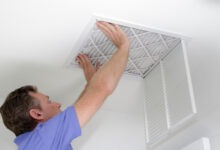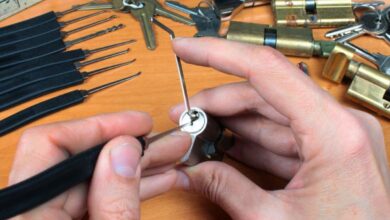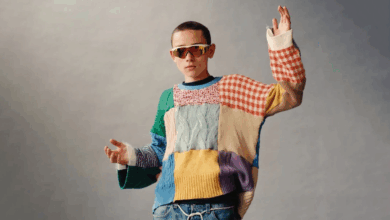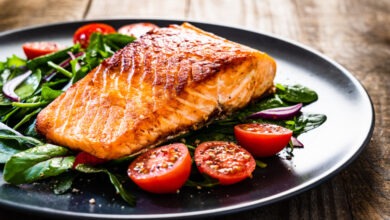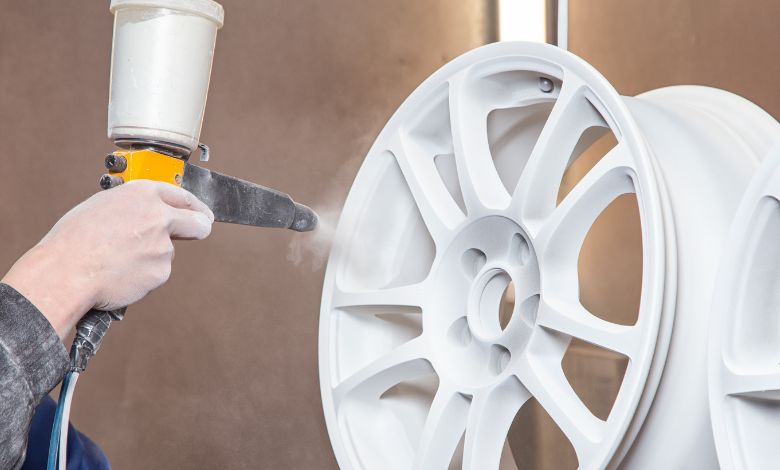
When To Choose Powder Coating Over Wet Paint?
When it comes to enhancing the durability and appearance of your metal projects, there are two common methods: powder coating or wet painting. Both achieve a high-quality finish but differ in application, sustainability, and finish options. As a result, it can be challenging to decide which method to select. The good news is that we’re here to help you determine when to choose powder coating over wet paint.
Durability and Performance
The powder coating process involves applying a free-flowing, dry powder onto the metal surface, which cures under heat. This effectively results in a “skin” that’s tougher and more resistant than traditional paint.
The outcome? A finish that outlasts the lifespan of an ordinary paint job, repelling scratches, chips, and corrosion with unparalleled tenacity.
In contrast, despite its attractive appearance, wet paint fails to hold up with repeated use and abuse. Powder coating creates a molecular link with the substrate, but wet paint doesn’t. This makes powder coating more durable and less prone to chipping and flaking.
Efficiency and Cost-Effectiveness
When weighing the advantages and disadvantages of powder coating, its cost-effectiveness is one of its biggest selling points, particularly for large-scale projects. The key economic benefit lies in its efficiency. A single coat is often enough, saving time and material costs.
Plus, powder coating eliminates the need for solvents or primers, further reducing costs. Additionally, powder coating reduces maintenance expenses due to its durability, enhancing its overall cost-effectiveness.
In the end, powder coating is a good option for individuals concerned with cost and value, even though the initial expenditure may be more than wet paint.
Aesthetics and Design Options
Powder coating boasts an unrivaled range of design possibilities attributable to its unique application process and formulation. Powder coating allows for more texture and effect manipulation flexibility than wet paint. The particle-based structure of the medium provides a degree of versatility that’s impossible to achieve with traditional methods like liquid paint.
Moreover, technological advances have expanded the color spectrum available in powder form, including metallic and fluorescent hues. Powder coating’s supremacy in terms of design stems, in large part, from the scientific nature of its composition and application technique.
Environmental Impact
One of the most compelling reasons to choose powder coating over wet paint is its kindness to our precious Earth. Powder coating produces zero volatile organic compounds (VOC), making it a friendlier choice for our atmosphere.
It generates less waste and is highly recyclable, which helps conserve resources. Likewise, the durability of powder-coated items reduces the need for frequent replacements, subsequently lessening waste. Opting for powder coating is a beautiful way to show respect for our planet while achieving excellent project results.
Compatibility With Different Metals
Powder coating exhibits superior compatibility with many metals compared to traditional paint. It adheres well to surfaces, forming a chemically bonded finish that resists chipping and peeling. This makes it ideal for metals like aluminum and steel.
However, it’s important to get expert advice when selecting a powder coating since various metals may need different pretreatments for maximum adherence and performance.
Knowing when to choose powder coating over wet paint depends on several factors, including durability, efficiency, aesthetics, environmental impact, and compatibility. While both methods can achieve a high-quality finish, powder coating may be better for larger projects, industrial applications, and environmental sustainability.
On the other hand, wet painting may be more suitable for smaller projects, intricate designs, and surface priming. It’s best to consult a powder coating expert to determine which method is best for your project’s unique needs.


